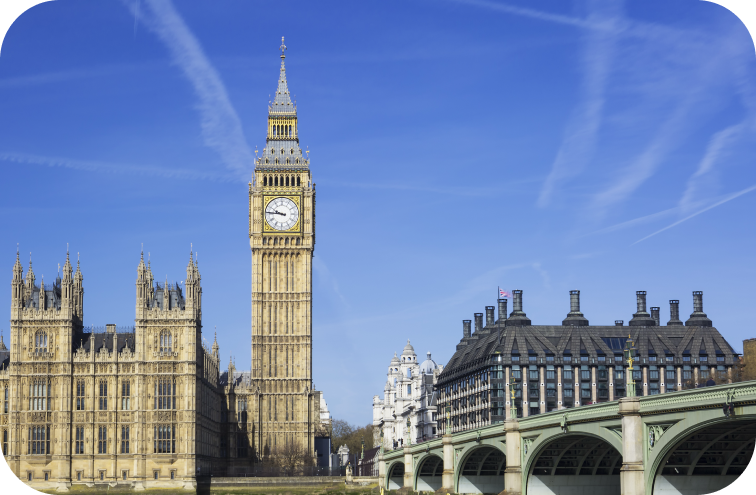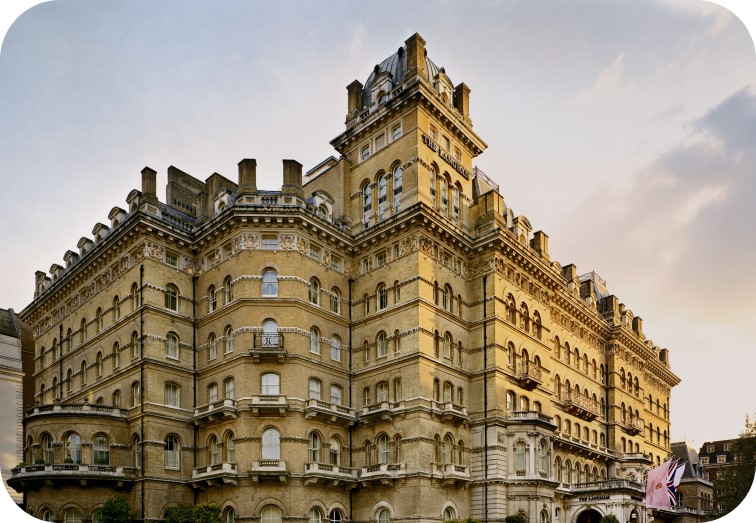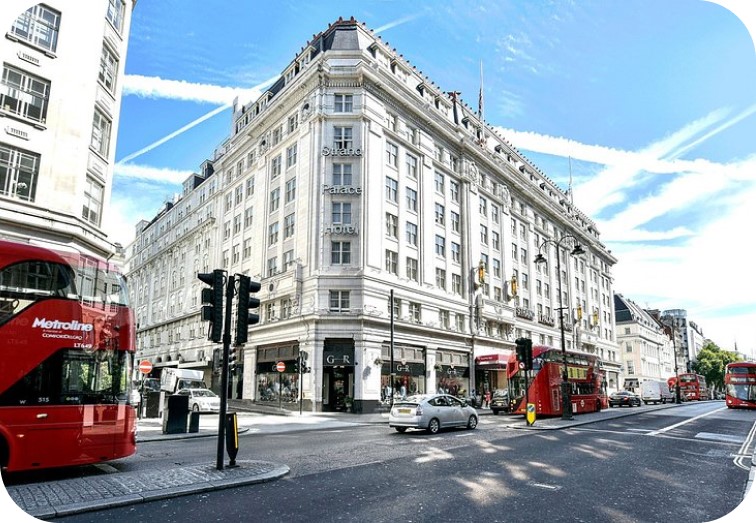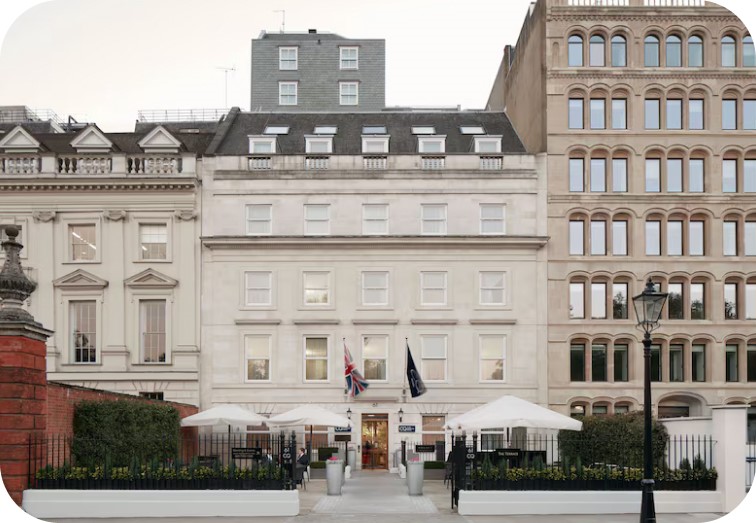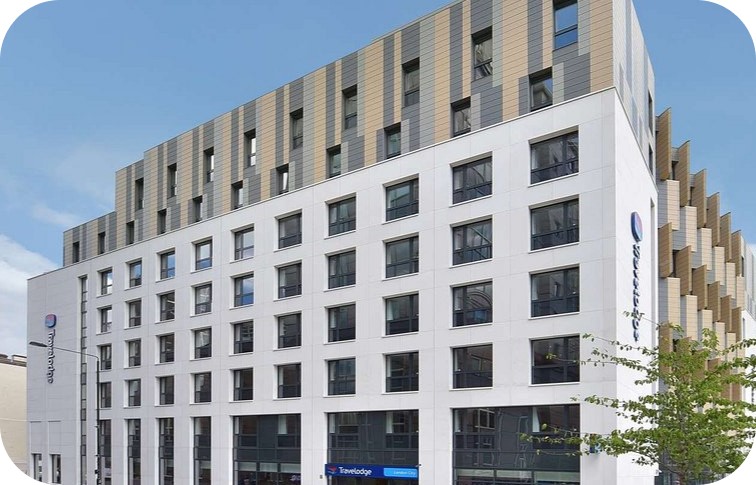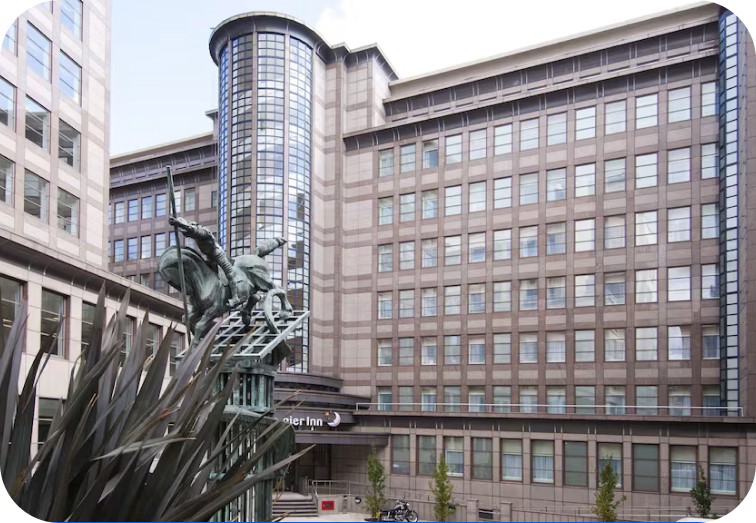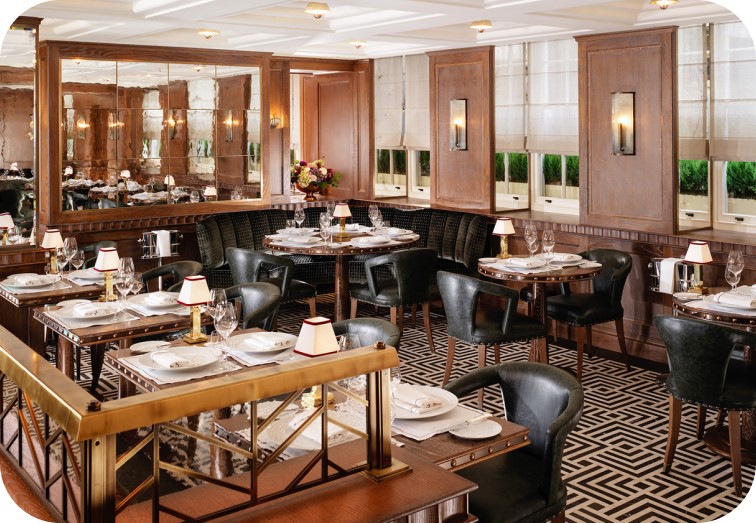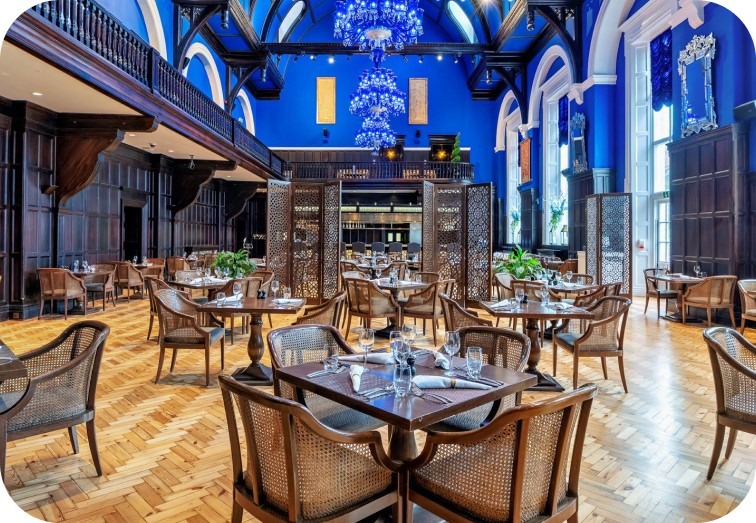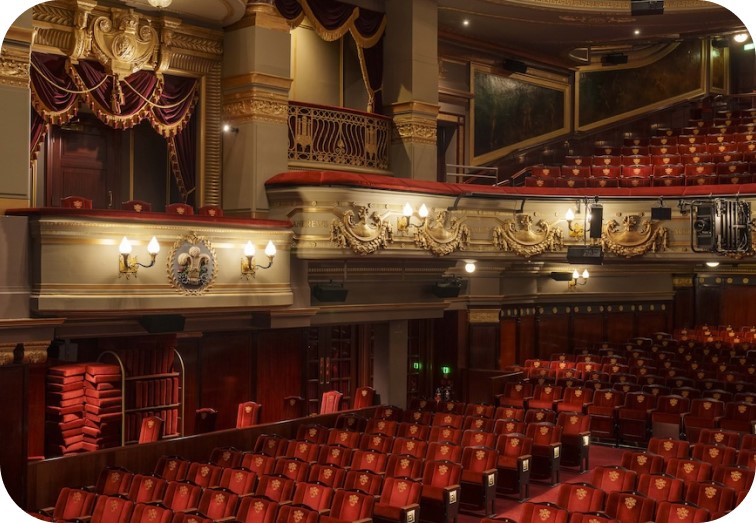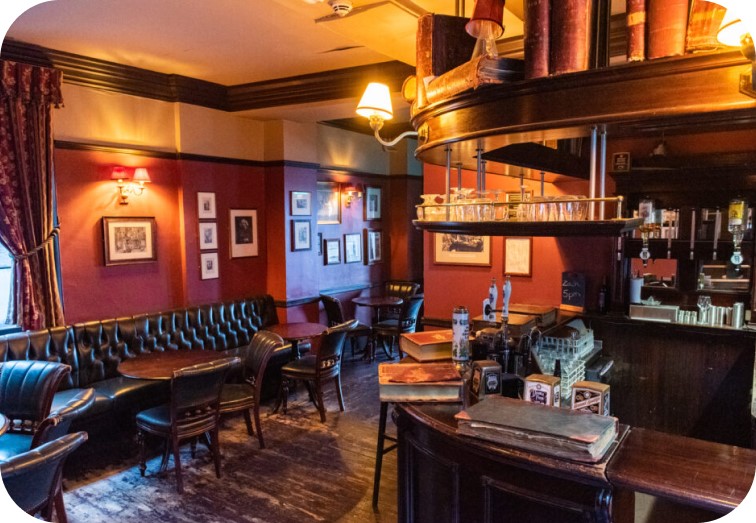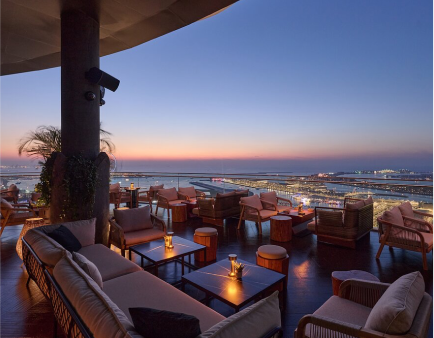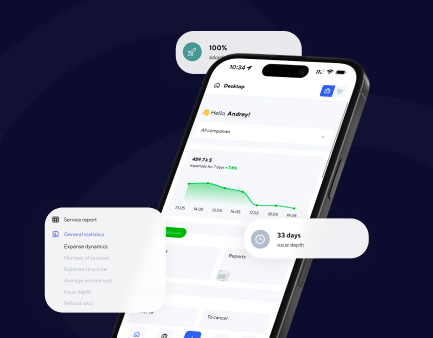How to get to London
International travel
Air connections
London is served by six airports:
- Heathrow (15 miles from central London),
- Gatwick (30 miles),
- Stansted (40 miles),
- Luton (35 miles),
- City (9 miles),
- Southend (40 miles).
Together they handle flights from every part of the world. Major carriers include:
- British Airways,
- Virgin Atlantic,
- Emirates,
- Qatar Airways,
- Singapore Airlines,
- Lufthansa,
- Air France,
- Turkish Airlines and many more.
From most European capitals you’ll find several direct flights a day. Heathrow and Gatwick also connect London with the US, Canada, the Middle East and Asia, making Heathrow one of the busiest global hubs with over 200 destinations.
Connecting flights
If there are no direct flights from your city, common stopovers include Frankfurt, Paris, Dubai, Doha and Istanbul. These hubs offer daily links to London and smooth onward connections.
Eurostar
Already in Europe? Eurostar trains via the Channel Tunnel can be faster than flying. From Paris (2h20), Brussels (2h) and Amsterdam (4h) you’ll arrive directly at London St Pancras International, skipping airport transfers and security queues.
When to book
Flights to London are most expensive in summer and over Christmas, with demand also spiking around major business events. Spring and autumn usually bring a better balance between price and comfort, while January, February and November are the cheapest months to travel.
For the best fares, book six to eight weeks ahead for European routes and two to four months ahead for long-haul or even earlier for peak dates.
From Heathrow Airport (LHR) to the city centre
By Underground
The Piccadilly line runs from all Heathrow terminals to central London every 5–10 minutes. The journey takes 40–60 minutes depending on your stop. A standard single ticket costs £7, but with an Oyster or contactless card you’ll pay £5.80. There’s also a Night Tube on the Piccadilly line serving Terminals 2, 3 and 5 on Friday and Saturday nights.
For a faster but pricier option, the Elizabeth line reaches Paddington in just 28 minutes and continues through central stations like Bond Street and Liverpool Street. A single fare is £13.90.
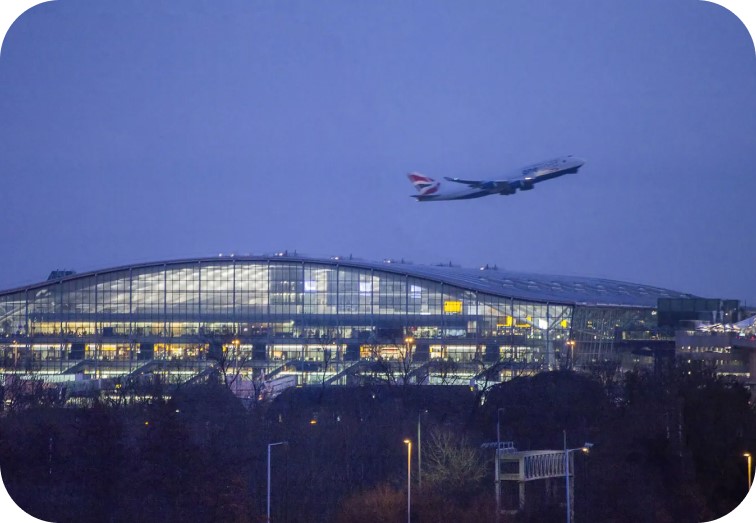
By Heathrow Express train
Heathrow Express takes just 15 minutes to Paddington from Terminals 2 and 3, or about 21 minutes from Terminal 5. Tickets start from £10 if booked well in advance. Standard fares are around £25 and business class is £32.
By taxi or car transfer
A ride to central London takes 30–60 minutes depending on traffic. Standard minicabs cost about £50–£70, while black cabs can be £60–£110. Alternatively, you can pre-book a Tumodo car transfer with fixed pricing and vehicle choice, starting around £70.
From Gatwick Airport (LGW) to the city centre
By train
The fastest way is the Gatwick Express to London Victoria — non-stop in about 32 minutes. Tickets start from £21.50. Trains depart every 15 minutes from 5am until around 11:30pm.
Southern and Thameslink services may be slightly slower (35–50 minutes) but cheaper, with routes to Victoria, London Bridge and other central stations. They run roughly between 5am and 11pm, with one or two trains per hour.
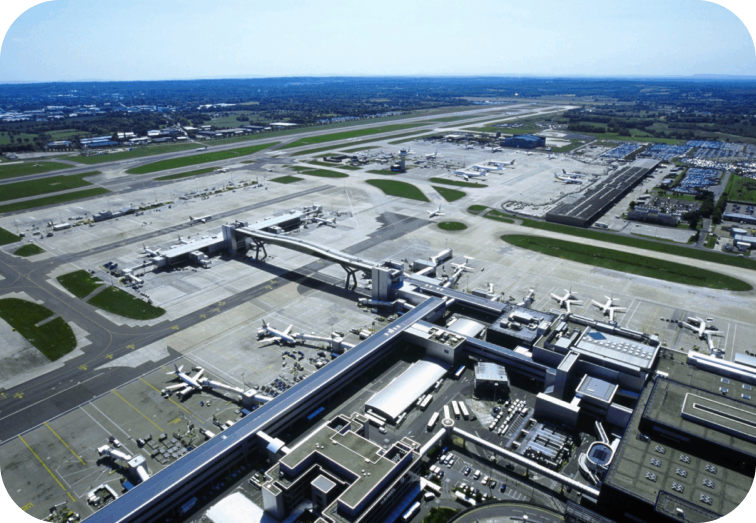
By coach bus
National Express coaches connect Gatwick with Victoria Coach Station in about 1h40 under good traffic conditions and with minimal stops. Fares start from £6. Coaches usually have luggage space and sometimes Wi-Fi. Services run almost around the clock and operate one to three times per hour.
By taxi or car transfer
A taxi ride to central London takes 60–90 minutes depending on traffic. Standard fares are around £130–£160. Alternatively, you can pre-book a Tumodo car transfer with fixed pricing and vehicle choice, starting from around £85.
From London City Airport (LCY) to the city centre
By train
Docklands Light Railway (DLR) runs directly from the airport every 10 minutes. The journey takes around 20 minutes to Bank station or 15 minutes to Stratford, with fares starting from about £3. With one Underground change, you can reach central hubs such as Victoria, Holborn or Paddington in roughly 35 minutes, with fares also starting from around £3.
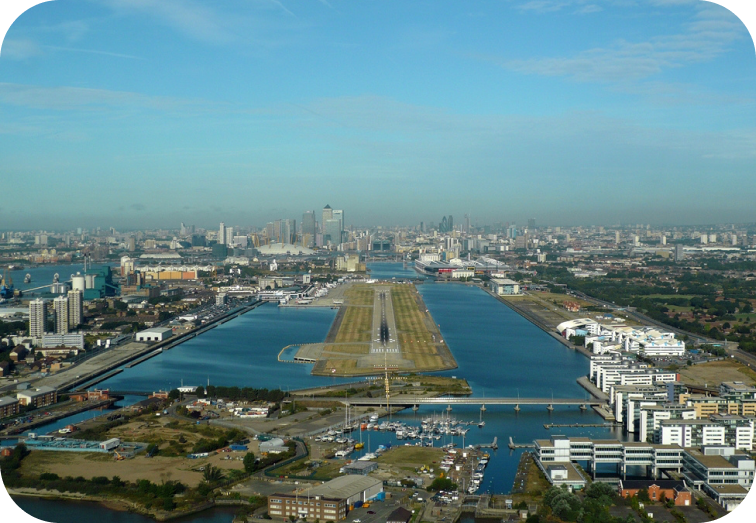
By taxi or car transfer
A taxi to central London takes around 30 minutes in light traffic. Fares are usually £45–£60, higher during rush hours or late at night. Alternatively, you can pre-book a Tumodo car transfer with fixed pricing and vehicle choice, starting from around £65.
